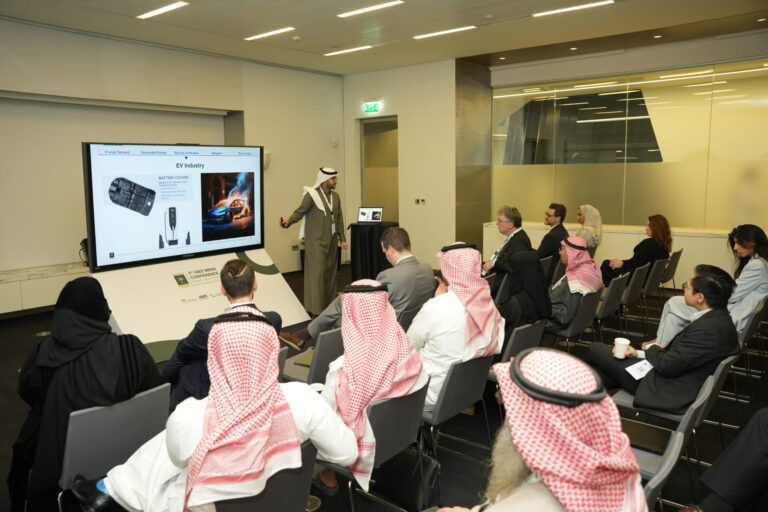Achieving net-zero emissions requires a multifaceted approach, and increasing energy efficiency is key. A study published in Energy Economics presents one of the first analyses of the potential contributions enhancing energy performance could make to help Saudi Arabia’s quest for carbon-neutrality by 2060.
The study suggests that enhancing energy efficiency has the greatest impact on reducing emissions when it takes place in sectors with mid-range carbon intensities—the amount of carbon dioxide emitted per unit of economic output. Focusing on industries that fall within the middle 50% of carbon emissions, rather than those with the highest or lowest levels, can yield the most substantial results in terms of emissions reduction.
“Energy efficiency is one of the cheapest options to deal with climate issues and reducing emissions,” says energy and environmental economist Fateh Belaid, from the King Abdullah Petroleum Studies and Research Center.
Belaid and colleagues first analyzed 50 years of data, from 1970 to 2020, to understand how energy efficiency and carbon intensity had changed in Saudi Arabia over those years, and the effect of these variations on carbon emissions. They were then able to model how changes in energy efficiency might affect carbon emissions in the future across a variety of carbon intensity levels, and what contribution this might make to Saudi Arabia’s path to carbon neutrality.
Their study found that even with only moderate improvements in energy efficiency, Saudi Arabia might reduce its overall emissions by around one-fifth.
Belaid says certain sectors have greater potential for energy efficiency improvements than others. He highlights the building sector—the second-highest energy consumer in Saudi Arabia after industry—as a significant contributor to carbon emissions, accounting for 28% of energy consumption in Saudi Arabia.
“Building sector emissions are hard to abate because the renewal of the built environment is very low,” he adds. However, there are numerous initiatives already underway in Saudi Arabia to reduce energy use in buildings, from retrofitting schools and government buildings and improving their energy efficiency, to environmental performance labels for insulation and white goods.
Despite energy efficiency efforts, Belaid says progress has been slowed by several factors. “There are technological challenges, but at the end of the day, it’s the cost that’s the main barrier,” he explains. “The payback of energy efficiency solutions takes a minimum 10 to 15 years so people don’t see the benefits.”
Reference
Belaïd, F.; Massié, C.; The viability of energy efficiency in facilitating Saudi Arabia’s journey toward net-zero emissions. Energy Economics 124 (106765), 2022. | Article




